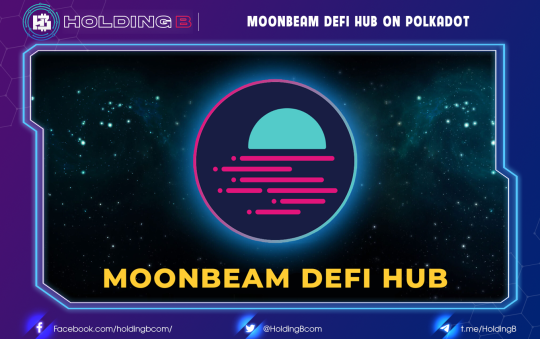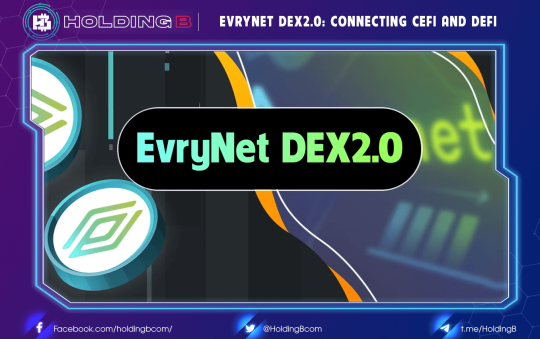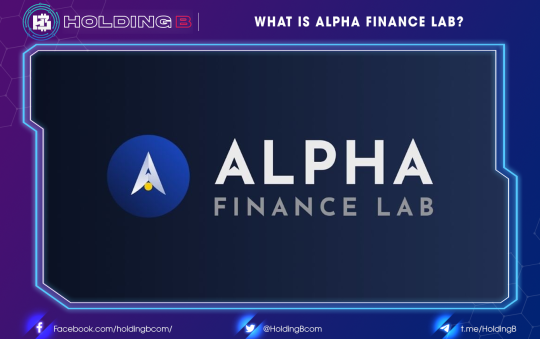Decentralized finance is currently receiving a lot of attention and interest from the financial community, followed by the rise of a wave of DeFi service providers. This new development has attracted both retail traders and institutional investors as traditional finance adopts blockchain technology.
Four years after Bitcoin was born, Vitalik Buterin introduced the Ethereum whitepaper to the world, paving the way for the development of DeFi, NFT, and many other breakthroughs in cryptocurrency. However, the issue of Ethereum transaction fees continues to be “expensive” for DeFi users on ETH, but also a favorable condition for other platforms to flourish, like the Serum project.
So what is Serum and what makes the team confident that they can become one of the most dominant DeFi projects in the future? Read on to learn more and for an explanation of the SRM coin.
What is Serum?
Serum is a decentralized exchange built on Solana where traders can buy and sell cryptocurrencies.
Within the DEX and also in the larger ecosystem, Serum aims to improve the status of decentralized exchanges by bringing all the benefits of a centralized exchange into the DeFi space.
If you are not familiar with Solana, it is a completely decentralized open-source blockchain platform run by the Solana Foundation based in Geneva. Similar to today’s leading blockchains like Ethereum and Cardano, Solana is designed for peer-to-peer transactions, smart contract creation, dApps, and NFTs. Solana uses the Proof of Stake (PoS) coinciding mechanism combined with Proof of History so that the network is capable of processing thousands of transactions per second with extremely low transaction fees.
By being deployed on Solana, Serum can fully benefit from the speed and cost efficiency of transactions settled on its blockchain.
Who is the founder of Serum?
Serum was established in August 2020. This is a product of Sam Bankman-Fried. Sam Bankman-Fried is the richest billionaire in the world under 30 years old. He is the CEO and founder of the FTX exchange and investment company, Alameda Research.
Serums are backed by many centralized exchanges. To date, it has also been involved in many collaborations, including one with Chainlink (LINK), which provides valuation values for the Dex in the ecosystem. Top advisors for the project include Robert Leshner, founder of Compound Labs, and Long Vuong, founder and CEO of TomoChain.
What are SRM tokens?
- Solana SRM is a utility token in the Solana ecosystem with the following functions:
- SRM coins can also be staked to help run the project’s decentralized nodes. Those who run these nodes will receive a reward based on their performance, with 10% of the net fees incurred on the exchange going to the distributors. The requirement to participate in staking is to own at least 11,000,000 SRM tokens.
- SRM token holders have the right to participate in the moderation of the project’s development decisions.
- A token used to pay transaction fees on the cross-chain
- SRM holders will get a 1–50% discount on Serum.
- Holders of 1 MSRM (1 MSRM = 1,000,000 SRM) will get a 60% discount on the fee for serum in the project’s ecosystem.
SRM is being listed on many famous exchanges, such as Binance, Uniswap, OKEx, Sushiswap, etc.
What factors make Serum attractive?
Centralization
Most Defi projects today depend on a centralized oracle to distribute data. Chainlink, for example. Serum allows DeFi projects to derive projects from decentralized oracles.
You can understand Oracle as any device or entity that connects a specified blockchain with off-chain data. These oracles enter all input data through an external transaction. This way, we can be sure that the blockchain itself contains all the information needed to verify itself. This is why oracles are called blockchain middleware. They are the bridge between the two worlds, inside and outside.
Slow speed and high cost
Currently, transactions on Defi take about 5–10 minutes to complete. Besides, transaction fees are also very expensive. This is the biggest barrier for users. Solana coin is highly appreciated for owning the Solana blockchain network, which has extremely fast transaction processing speed, reaching 65000 transactions per second. Block generation time is only 400 milliseconds. The network transaction fee is extremely cheap, at less than 0.01 USD. Stablecoins: Today’s stablecoins are always pegged to $1. However, if the bank that issued the USD were to collapse, the value of that stablecoin would be indeterminable. It launches two new stablecoin models: SerumBTC and SerumUSD. They will no longer depend on any banks.
By being deployed on Solana, Serum can fully benefit from the speed and cost efficiency of transactions settled on its blockchain.
Cross-chain
In the easiest way, cross-chain is like a bank, and the mechanism is similar. We will change Yen into Vietnamese currency to use. For Blockchain technology, we will wrap the tokens in its network around the tokens on the other lower network that you want.
At the moment, there is no project in the crypto market that completely solves the problem of connecting blockchain gateways. It still needs 3rd party intervention to solve, but the efficiency has not improved much. Serum integrates Cross-chain into the platform to help users exchange information and cryptocurrency between two or more different blockchains, without the need for a third party.
Liquidity
These benefits include having enough liquidity for every trade, a common stumbling block for new DEXs. To ensure that this never happens with Serum, the team joined Jump Trading, one of the world’s leading liquidity providers for financial applications. It is also supported by Alameda Research of Bankman-Fried, which provides market-making services to ensure that accurate pricing information is available at all times.
The project, although in its infancy, appears to be a very refreshing and promising addition to the DeFi ecosystem. More than that, it provides a solution that makes DEXs truly compete with centralized exchanges. Its distinct features, such as an order book, cross-chain support, and scalability, enable traders to experience CEX while using a DEX.
This is also a great opportunity for Serum to grow the project. Let’s see if Serum can really deliver on the promise of a revolutionary DEX.
See ya in the next article !
Don’t forget to follow useful articles about Crypto Market from team Holding B !!!
- Telegram Channel: https://t.me/HoldingBcom
- Telegram Group: https://t.me/HoldingB
- Website: https://holdingb.com/
- Twitter: https://twitter.com/HoldingBcom
- Facebook: https://www.facebook.com/holdingbcom





